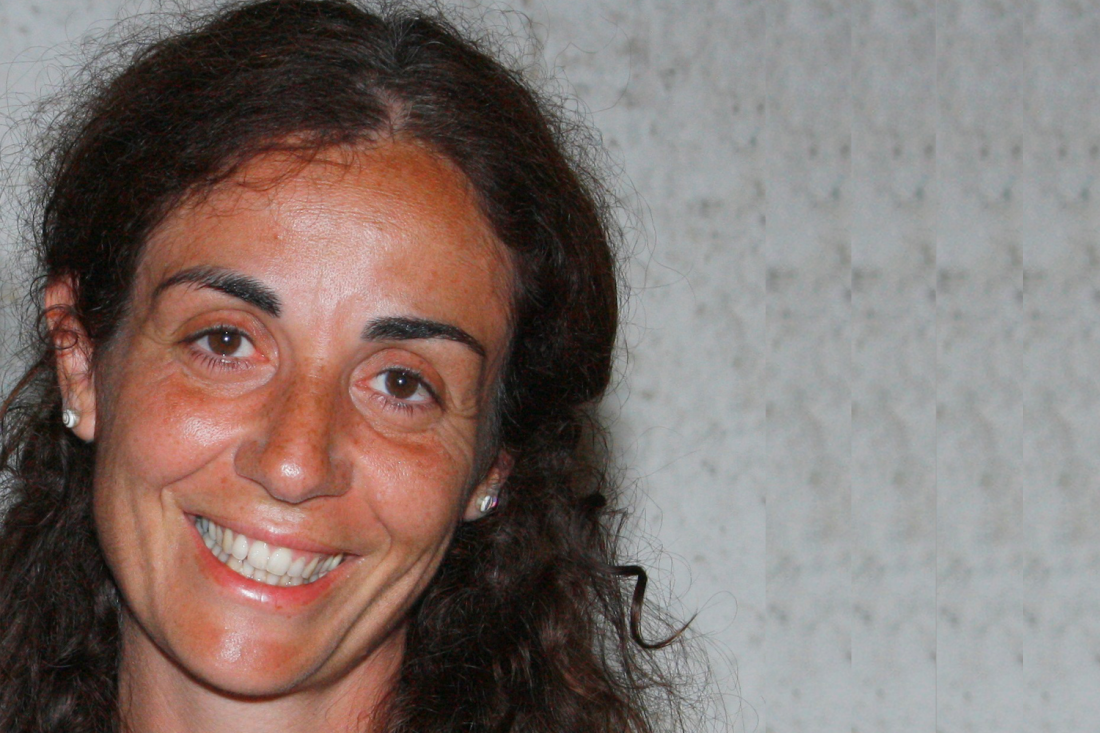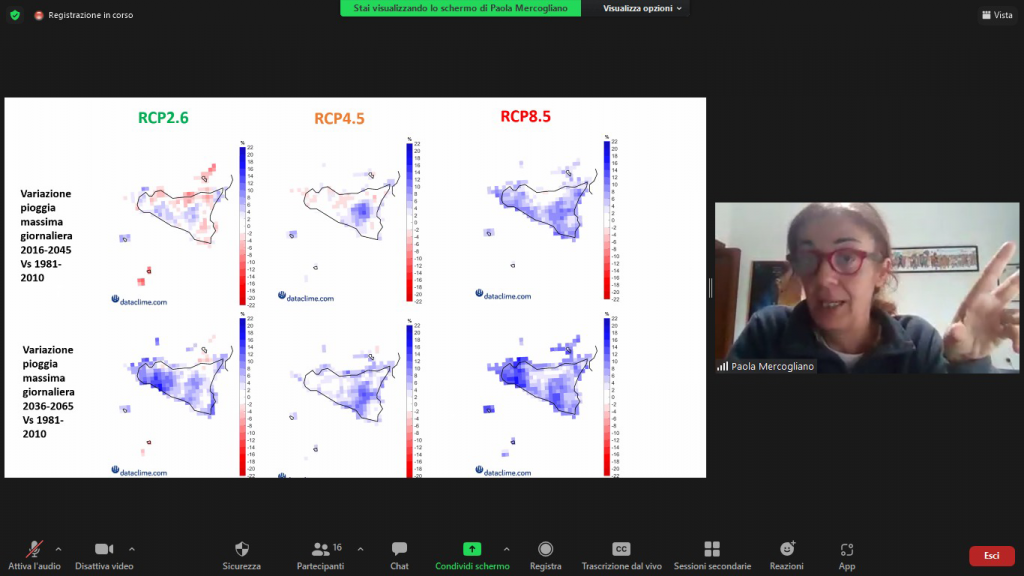NAWAMED: climate change and water resources “decisions have to be taken, even uncomfortable ones”

Paola Mercogliano is senior researcher with more than 16 years of research experience at Fondazione CMCC (Euro-Mediterranean Centre on Climate Change), where she works as head of the REMHI division (Regional Model and geo-Hydrological Impacts).
CMCC was set up in 2005 by four Italian ministries to address the issue of climate change.
"Not only in order to studying atmospheric models, but also the local impacts of climate change, on different sectors. The founding members are universities and research bodies: today we have several offices in Italy, 190 employees, 9 research units, and we are the IPCC Focal Point in Italy".
What is the link between climate change and water resources?
First of all, climate change modifies rainfall. If we talk about Sicily and southern Italy, how we did last 21st of October during the II NAWAMED Water Table, the scenario is complicated: rainfall is decreasing, the availability of the resource is decreasing, but extreme events, which are very localized, are increasing. The water shortage must therefore be managed; there will be costs: which users should be given priority? Domestic water, agriculture?
We also need to change our view of extreme events themselves: they are certainly dangerous, in a vulnerable area, but at the same time it is water that cannot be lost.
Our future is longer periods of drought, and intense, localized rainfall. We must be able to adapt.

Waste is no longer sustainable
Exactly. And there is also a problem of water quality, which is reduced when the quantity is reduced. Just think of how rising sea levels cause salt wedge intrusion in the coast.
In general, adaptation cannot have an incremental approach, but rather an integrated, system-transforming one. It makes no sense for one sector alone to adapt. They all have to adapt together decisions have to be taken, even uncomfortable ones. The sooner the better: this is an urgent and complicated transformation, let's not fool ourselves.
Moreover, there are no golden rules: the same solution in a different context takes on different characteristics. Adaptation has to be planned with local actors.
In order to define local adaptation strategies, it is therefore necessary to consider many elements
These include knowing the characteristics of change on a local scale and the uncertainties associated with this knowledge, estimating the effects of these changes on the population and settlements, and defining efficient climate adaptation actions for the context.
Finally, raising public awareness, articulating policies for different parts of the territory and sectors, organising them in a coherent way, and ensuring the monitoring, and possible revision, of these policies.









